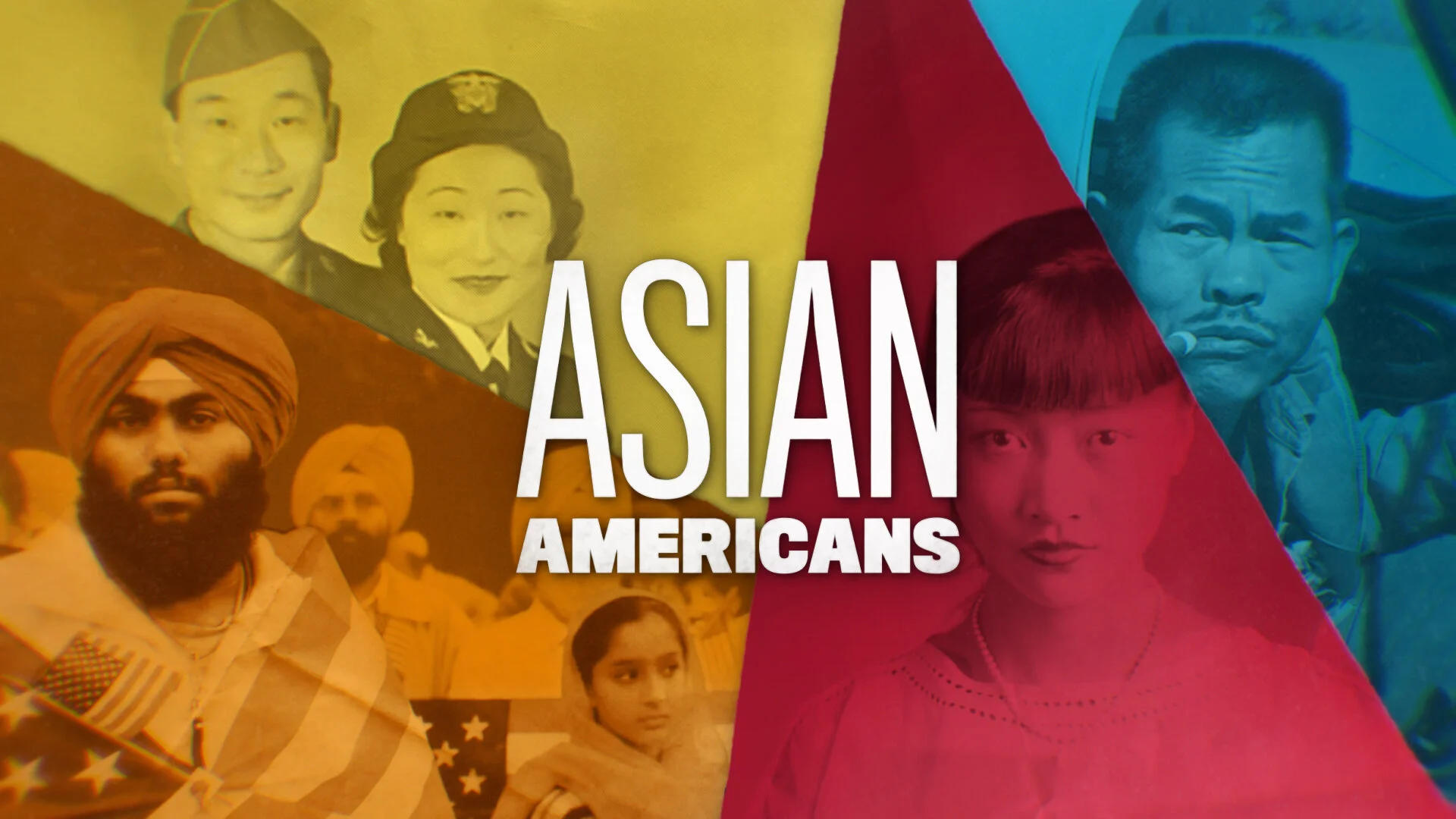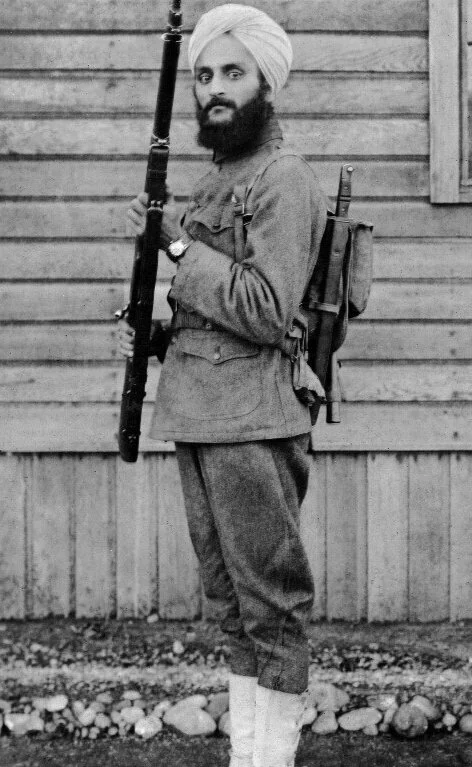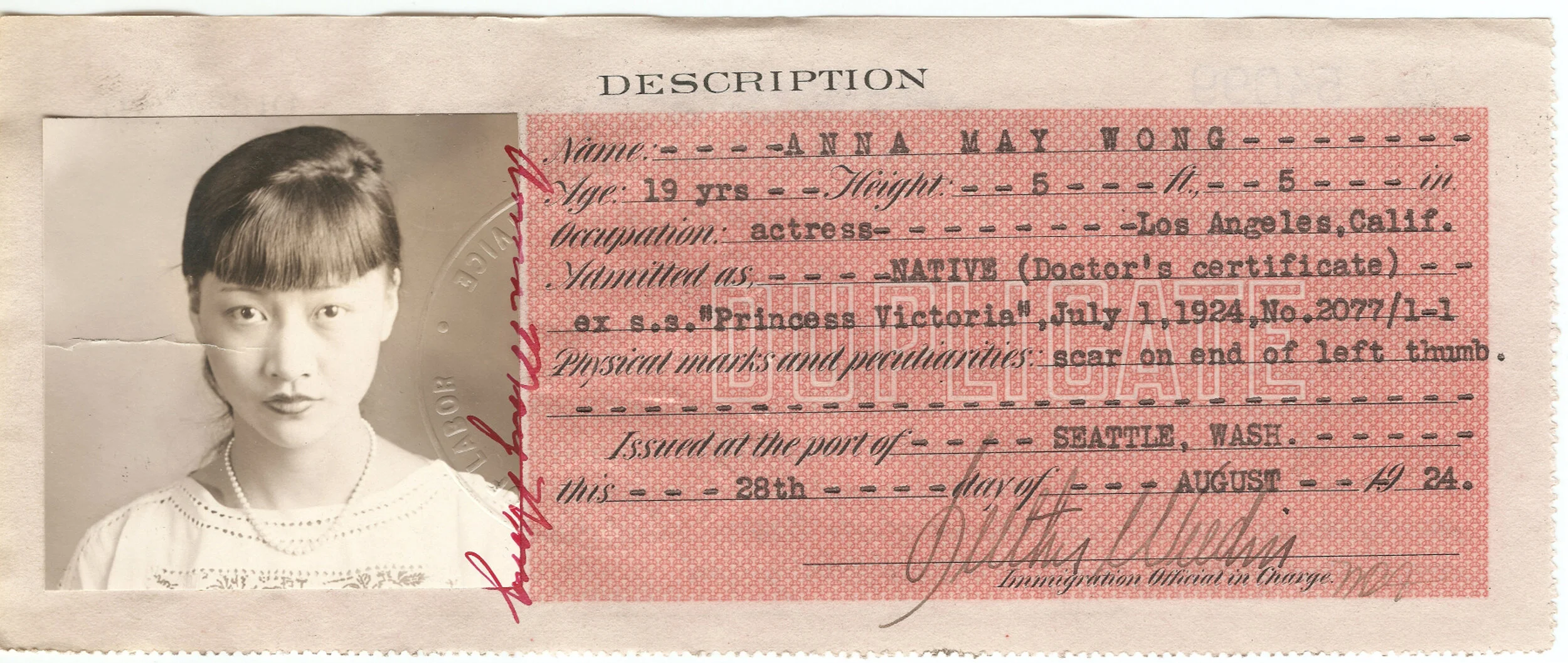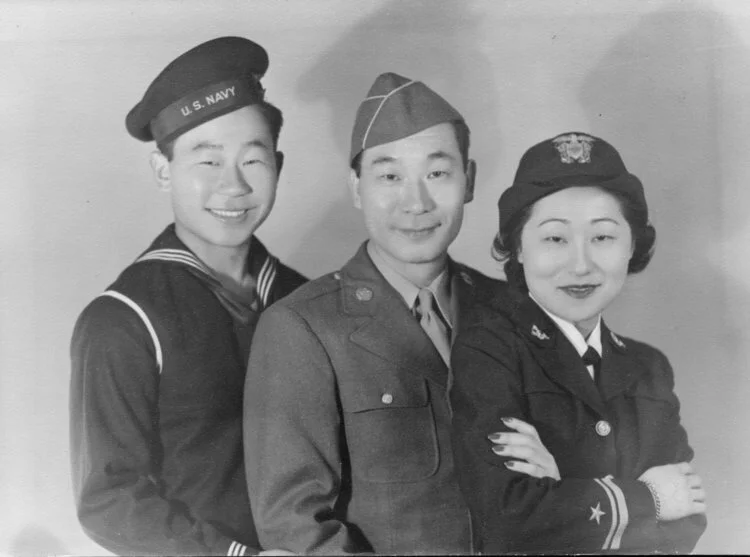Asian Americans: The Omitted History of How Asian Americans Helped Shape America
Source: PBS
Welcome to May and Asian Pacific Heritage Month!
Asian Americans is a stunning, five part series, narrated by Daniel Dae Kim and Tamlyn Tomita, that chronicles the lives and contributions of select Asian Americans who dared to make a difference. No different than any other Americans, most of them were inspired towards making better lives in the country that they loved and help build.
From the immigrants who came to America seeking freedom from tyranny and war to the generations who grew up here facing vicious racism and violence, one thing that’s certain, America as we know it would not exist without their contributions.
“Breaking Ground”-1850’s-1920’s
The first episode recounts the early surge of Asians immigrating to America. Many from China were lured in by the Gold Rush, but by the time they came, much of that rush was over. At the same time, the First Transcontinental railroad was being built. 80-90% of the construction crew was made of Chinese immigrants.
These immigrants sacrificed everything working in horrifying conditions for very little money. They literally blasted through mountains, risking cave-ins and weathering the unpredictable climates only to be excluded from a historical photo, and the history books once the railways were connected and complete.
Post railway work, the Chinese seeking to settle here faced terrifying racism, and, due to the perceived threat that the Chinese were taking American jobs, the US government set up the Chinese Exclusion Act, which was the first time in American history that a group of people were banned from entering the country solely on race. They became the first “illegal immigrants” due to their lack of documentation caused by restrictions inflicted by racist laws.
Source: PBS
Sikhs and Muslims also started to migrate to America at this time. Many worked as silk traders and traveling peddlers going town to town, dazzling American buyers with the exotic products from their country. Many from India also migrated to America to free themselves from British rule.
Numerous Asians in this time identified, in America, as “White” because only Black and White American could be naturalized. Due to more systemic, despicable racism, Black Americans were considered the bottom of the hierarchy of race so Asians did not want to identify with that. However, “Whiteness” was determined by the courts, so if one was not deemed white, they stood to lose their land, home and entitlements.
Some Asian families did succeed despite these impossible odds but all of them faced overwhelming discrimination and the threat of death.
Anna May
Source: PBS
I wanted to highlight one of the most astonishing Asian American women of this time period. Anna May Wong is considered to be the first Chinese American movie star. Her career included silent film, Talkies, theater, radio and television. Though she was considered a major movie star, she was still subject to the racism inflicted by White Americans.
Along with Japanese American matinee idol Sessue Hayakawa, any and all actors of color were portrayed as either submissives or evil. The film The Good Earth was touted to be one of the first inclusive Asian film epics. Anna May was offered an audition, but only for a supporting role as an evil wife. The leads went to white actors in “Yellow Face”, even though Anna May was the only one of Chinese descent. In the end, that supporting role also went to a white actress and two of the white actors portraying Yellow Face were nominated for Academy Awards.
“A Question of Loyalty” and “Good Americans”: 1930’s-1960’s
Source: PBS
The next two episodes chronicle the struggle of Asian Americans during World War II through the Cold War.
Asian Americans were still not able to be naturalized or vote. Even well educated Asian men couldn’t get hired in jobs considered to be “white jobs”. However this was the time of the first, American born generation of Asian Americans.
Japanese Americans born in America at this time, were known as the “Nisei”, or second generation. The Nisei were very proud of their country and wanted everything that other Americans did. But because of the rueful way they were treated by whites, many Nisei began to show more interest in their country of origin because there, they were treated as equals.
After the attack on Pearl Harbor, Japanese Americans were shuttled off to concentration camps across the nation. They were separated from their families and locked away under the unwarranted fear that they were loyal to Japan even though 2/3 of the people in the camps were born in America.
Korean Americans and others were subjected to cruelty based on racist perceptions that they were Japanese. They had to wear buttons declaring that they were of different descent than the Japanese. There were also great tensions between Korean Americans and Japanese Americans due to Japan’s occupation of South Korea.
Korean American Susan Ahn, pictured with her brothers above, was the first Asian woman to enlist in the US Navy and became its first female gunnery officer. She spent her life serving America and even became a code breaker during Cold War time.
Many of the Asian Americans of this time, including Japanese Americans, who served in WWII for America were still re-imprisoned and treated with disdain, even after putting their lives on the line in the war.
Post WWII, Asian Americans were embraced more as Americans but were still excluded from white suburbs along with other People of Color. The “Go back to your own country” sentiment ran rampant as it still does today.
Only those who lived up to the white stereotype of “Good Asians”-i.e. being compliant; educated; having top notch jobs etc-were allowed to live in relative peace.
Meanwhile, Mao Zedung’s takeover of China and the Korean War sparked a whirlwind of anti-communist sentiments throughout America and most of the world. Again, people of Asian descent were suspected of ill deeds and punished, justified through the United State’s “Red Scare”.
Lives, businesses and entire industries were destroyed with no validation or evidence.
“Generation Rising” and “Breaking Through”: 1960’s Onward
Source: PBS
Emerging through the most recent decades, the show takes on the Phillipine American migrant farmers of California and the uprisings that ensued for fair working conditions and better pay. Most of these workers were not naturalized, therefore, subject to horrific circumstances that those with rights by the law didn’t have to suffer.
When the White grape farm owners brought in Mexican laborers to replace the striking Philippinos, shortly after, the Mexicans joined in the fight, which gave rise to Phillipino leader Larry Itilong and the better known Cesar Chavez.
Over in Hawaii, a greater amount of Asians become political. With an overwhelming majority, here Asians and Indigenous Hawaiians were able to make greater gains. Of course women still struggled behind the men and were mostly shunned from political office and other white collar jobs. In 1964, after years of struggle, Patsy Mink becomes the first Woman of Color in Congress.
Patsy Mink. Source: ITVS.org
The show then takes a turn toward the Vietnam War and the multitudes of Asian Americans who sacrificed for America both in the war and those at home fighting against it, who shifted the cultural landscape of the US. Post the war, followed a boom of immigration from Southeast Asia and another wave of perpetual racism. Once again, these new immigrants faced racist backlash, as did other Asian Americans mistaken as South Asian.
Wrapping everything up, are the racial tensions of early 1990’s Los Angeles that precipitated the Riots in Koreatown, the tech boom of Silicon Valley and the dawn of the Dream Act.
In All Honesty…
Asian Americans is an incredible starting point to shedding some light on the awe-inspiring contributions made by the United State’s immigrants. Even with an astonishing amount of information packed meticulously in this series, it’s not enough.
I was confounded by how much of our country’s history and people have been excluded from general school curriculum. I felt that there was more, much more, on this subject alone that wasn’t addressed. As a series, Asian Americans was only able to tell a handful of the remarkable stories of courage, determination, honor and grit regarding our Asian immigrants. As someone who grew up and was educated in America I feel astoundingly cheated. None of this was taught to us and it makes me angry.
I was also taken aback, but not surprised, about all of the heart breaking, despicably racist acts forced upon a people just looking for freedom and a better way of life. It made me so livid and sad at times that I had to stop watching just to handle all of the emotion burning through me.
The worse part about this is that literally nothing has changed. We may have laws now that “protect” minorities from certain discriminations, but that doesn’t stop them from happening. What have we learned from imprisoning nearly 130,000 Japanese Americans? Nothing.
Now the newest deemed “threat” is from Mexican and Latin American immigrants who also flee horrifying circumstances for a better life. New federal data from 2019 shows nearly a million arrests made at the US-Mexico border alone, the highest reported since 2007. Human beings are in detention facilities across the US as we speak in horrible conditions. Is this ringing a bell? It seems to me that White people are, and have always been the greatest threat to this country and many more across the world.
Source: PBS
Why don’t humans learn? Why must we be susceptible to relive the same, tired, ignorant actions that have held us back and harmed us collectively in the past? When will any of us realize how much we need one another and also that ANY land across this beautiful planet doesn’t inherently belong to any of us?
Asian Americans is full of stories that need to be told and taught on a regular basis in school curriculum alongside the innumerable stories of those enslaved, murdered and exploited under the tyranny of White “supremacy” and colonization.
It is a documentary told through the eyes of Asian Americans and the lineages built through brave souls enduring hell for the promise of a better life. It is the history of our world and our country. It stands as a legacy to those it features and highlights the suffering, courage and accomplishments of a great people.
I cannot overstate the necessity of documentaries and series that explore topics like these. When we focus all of our time and attention on one view, race and gender, we become lost as a collective. How can we ever come together as a whole if we never get to see the whole picture?
Asian Americans airs on PBS in the US, May 11th and 12th, 2020, starting at 8pm each night.






